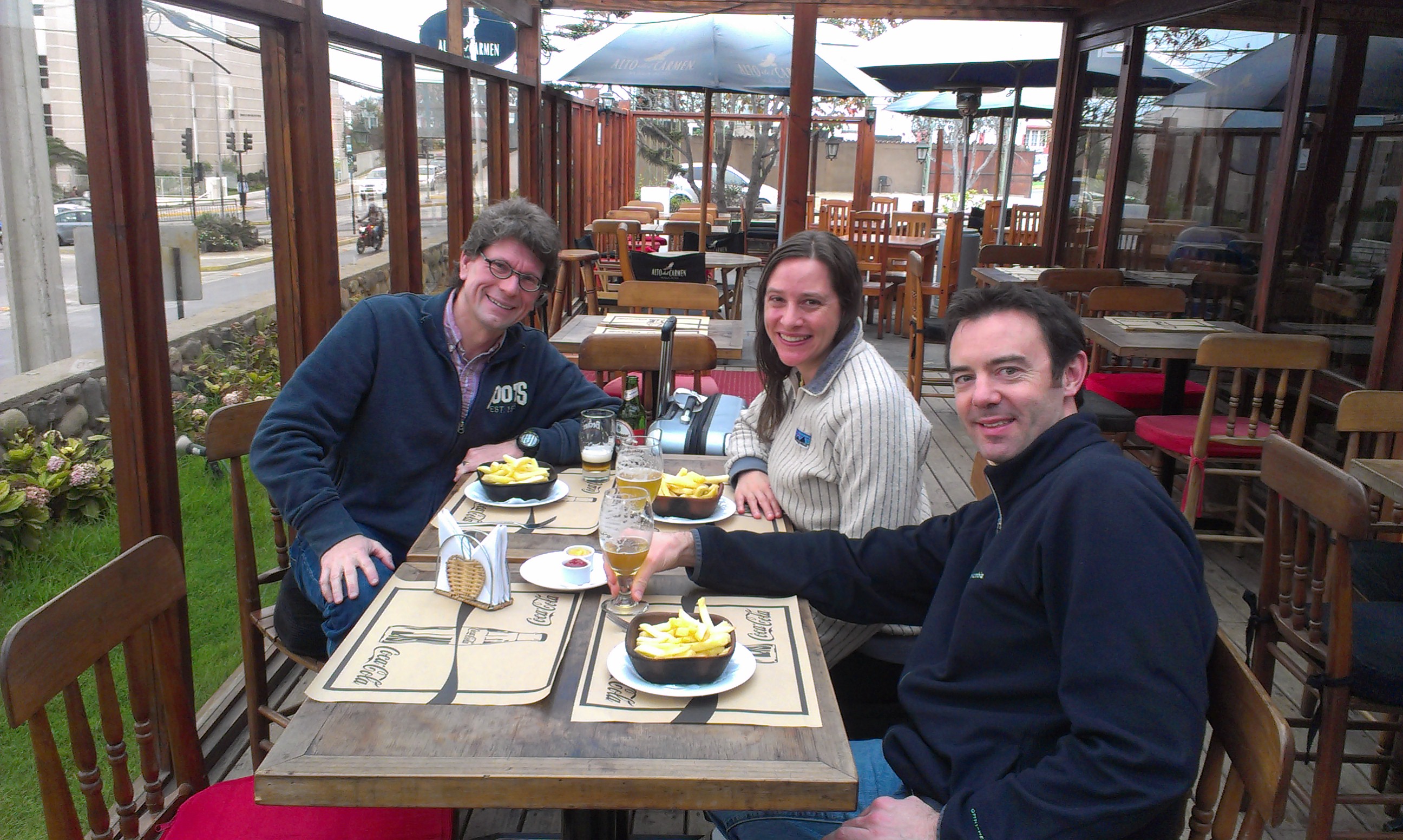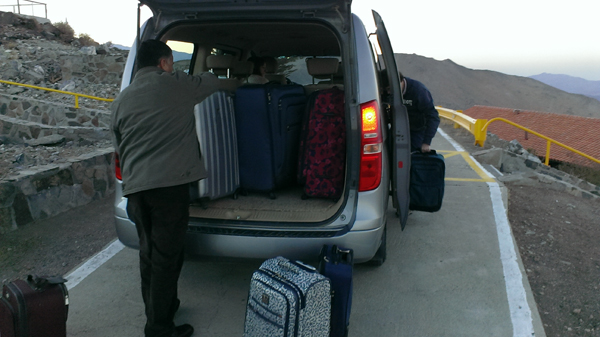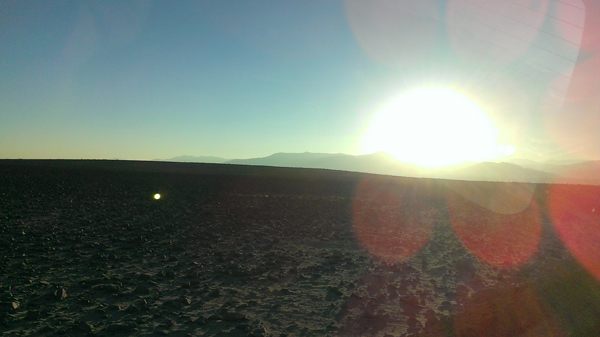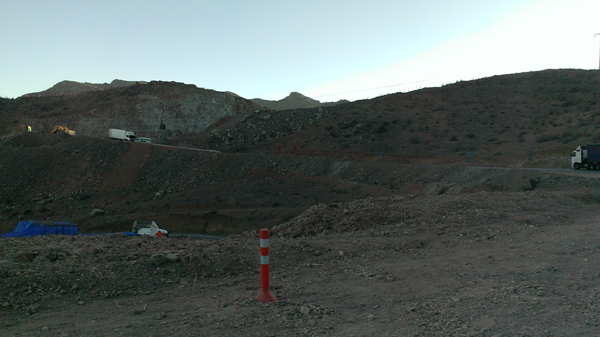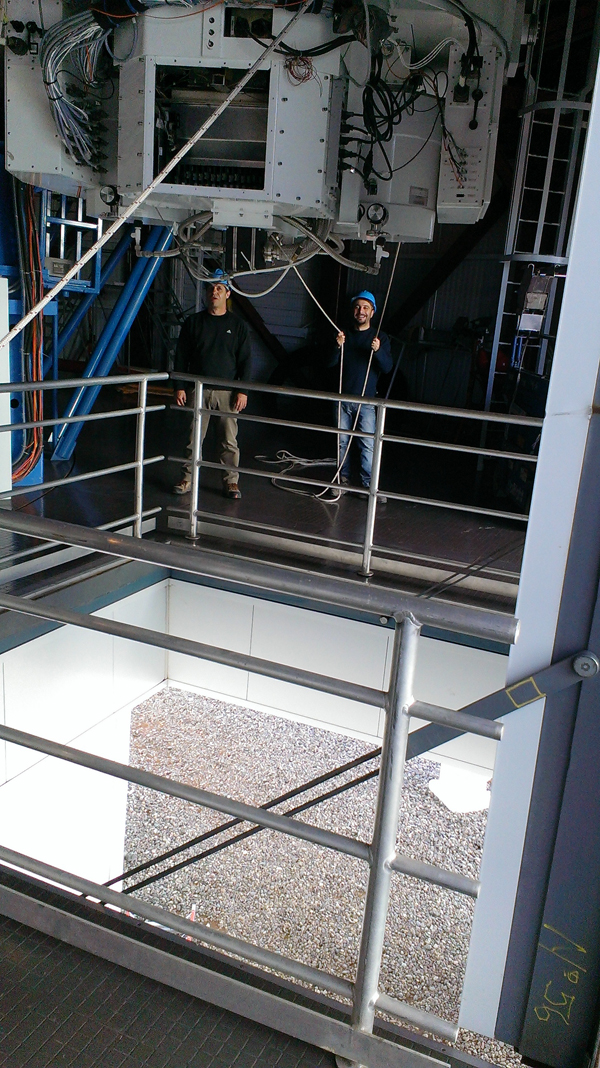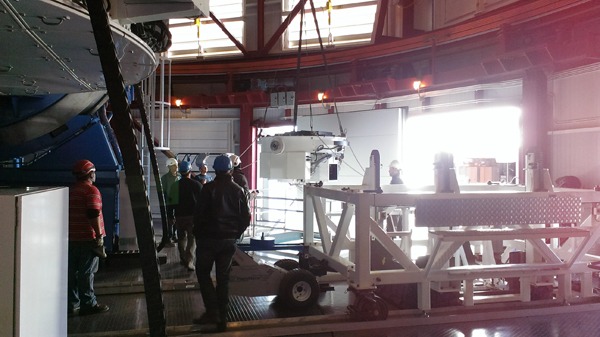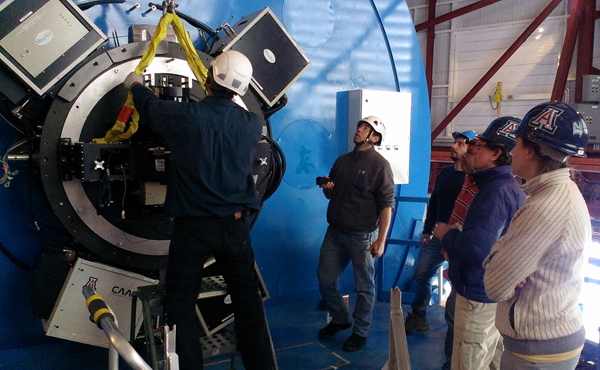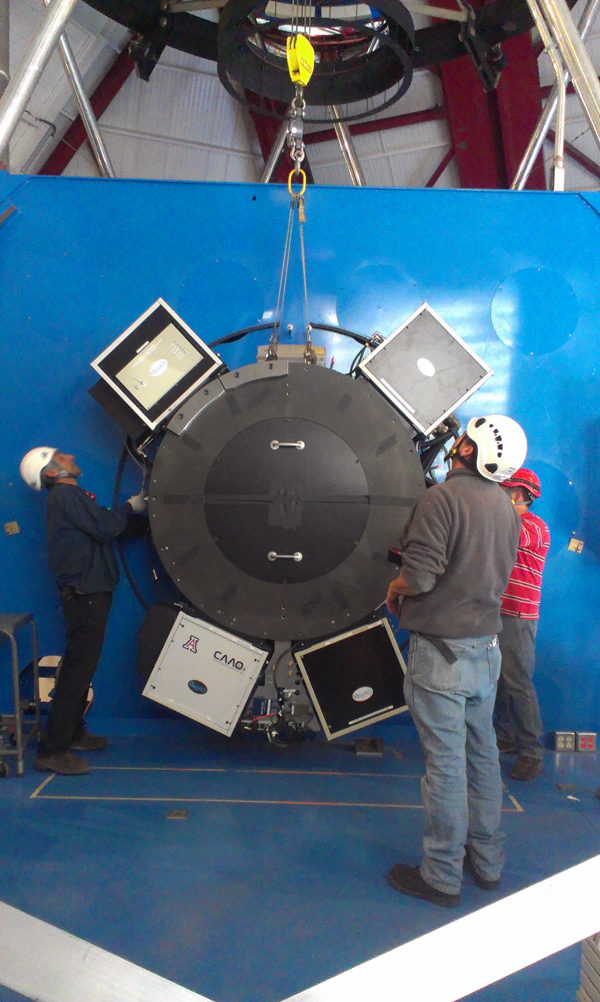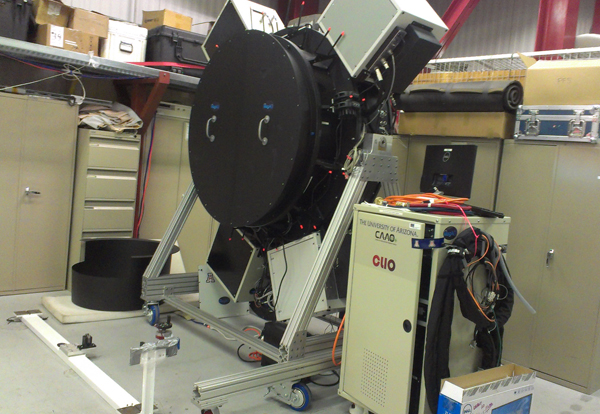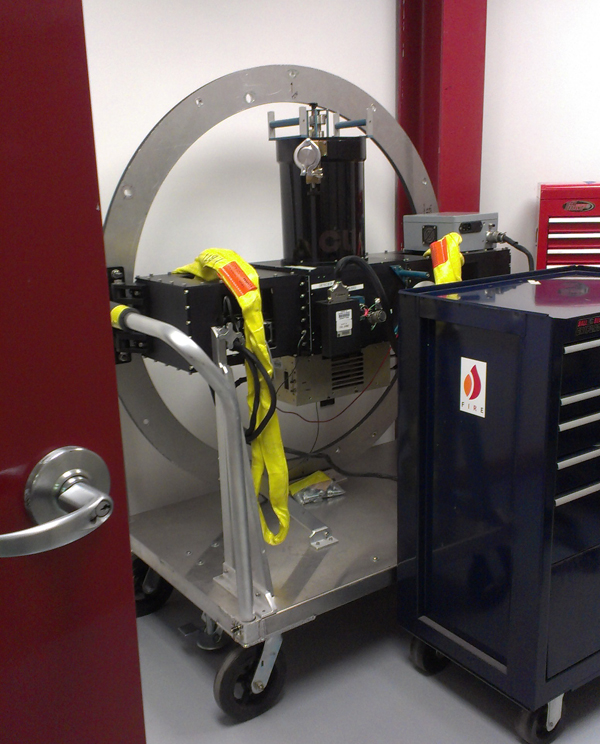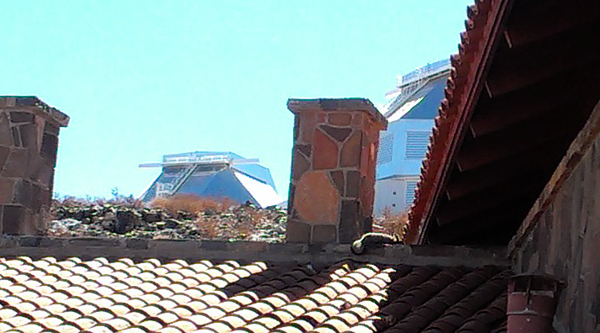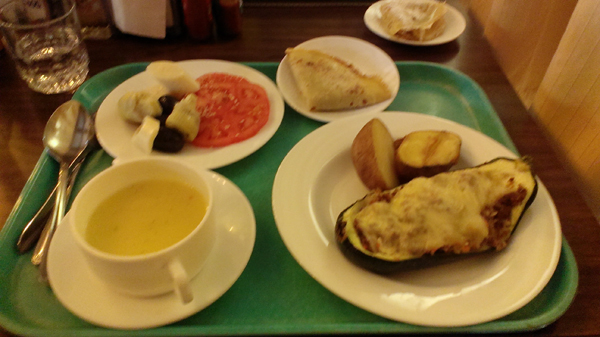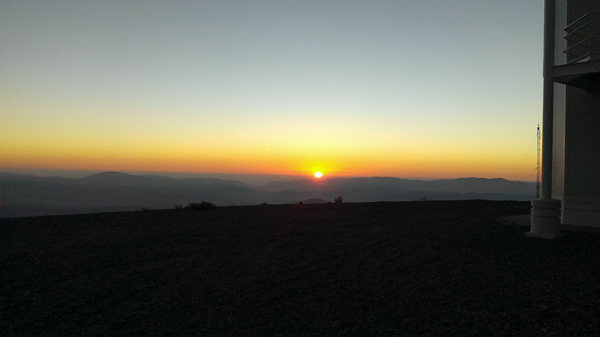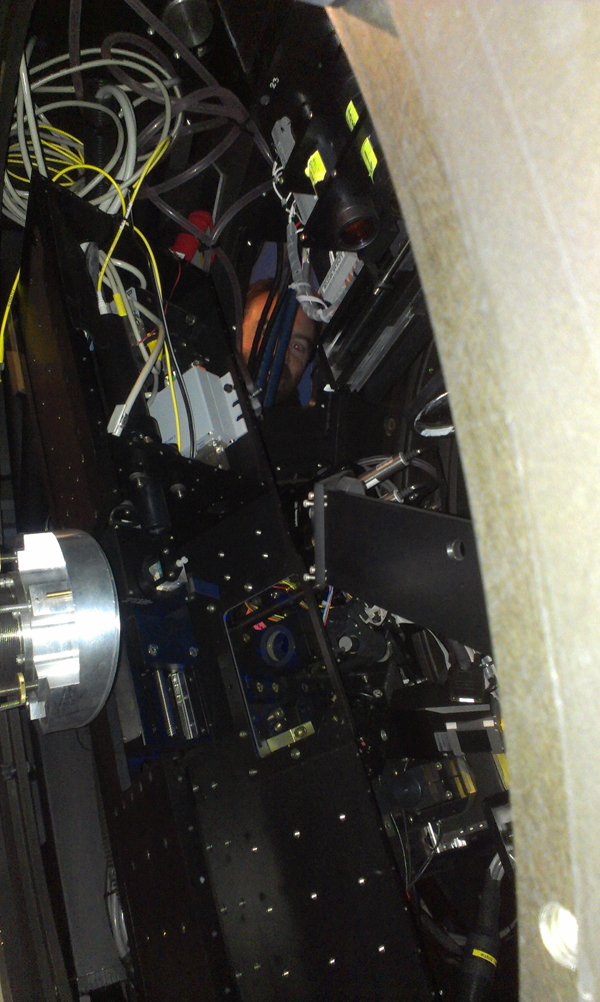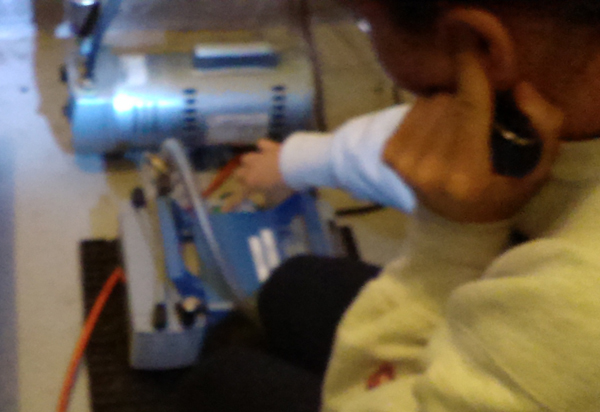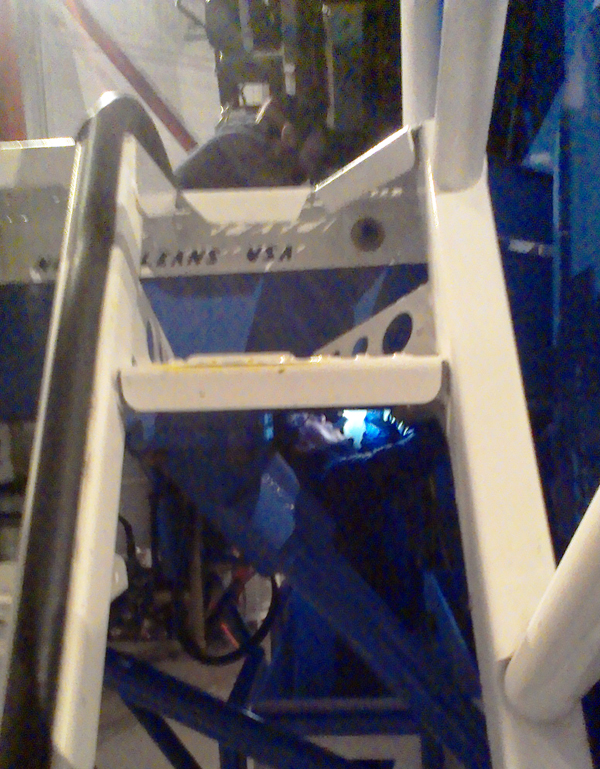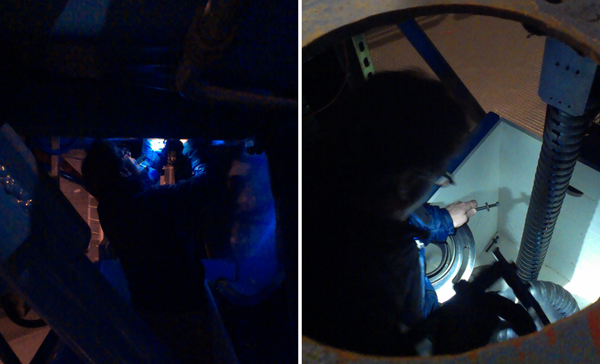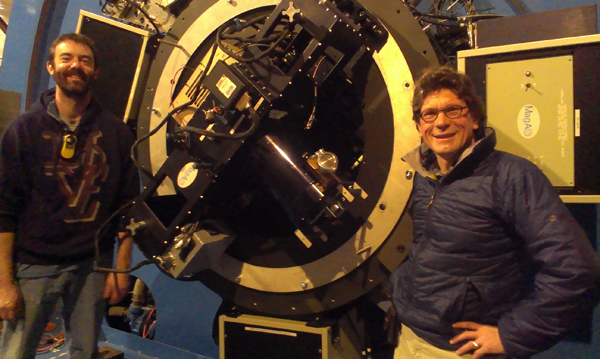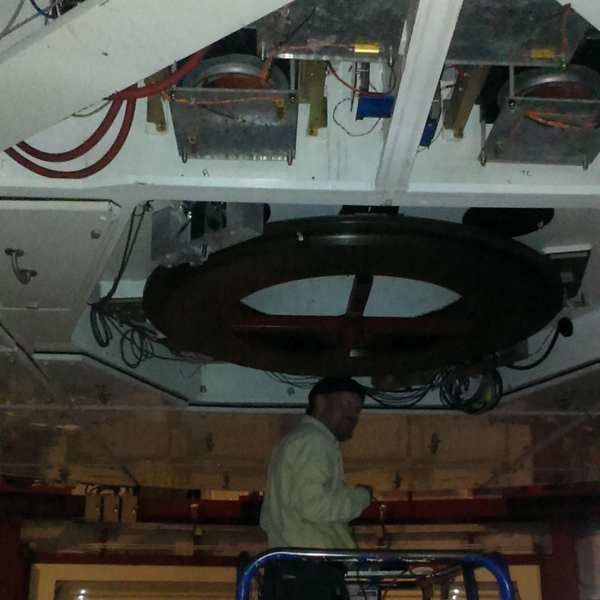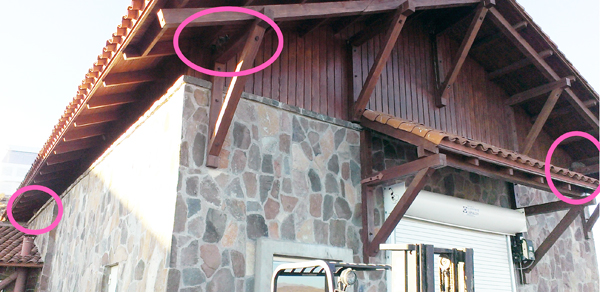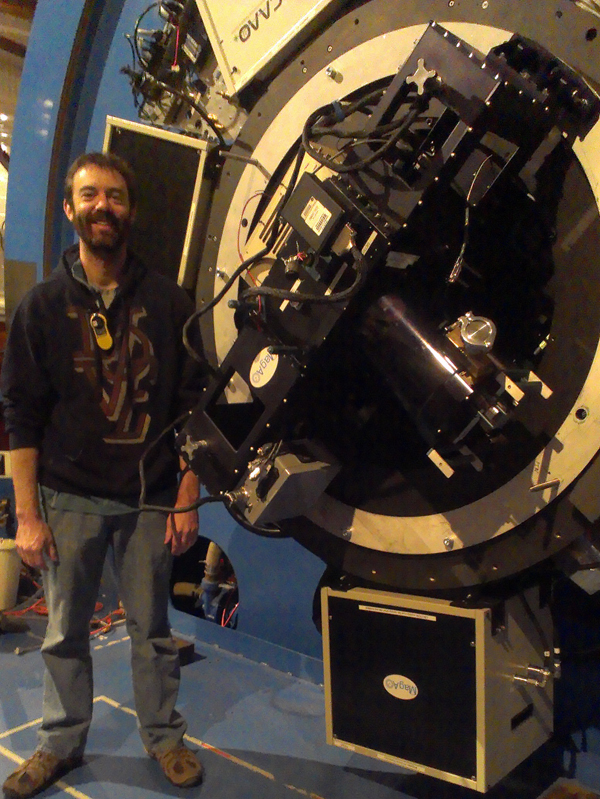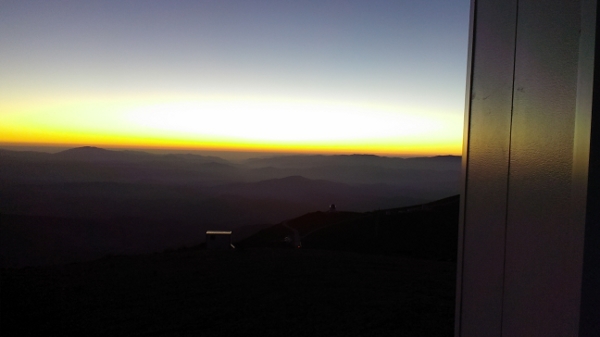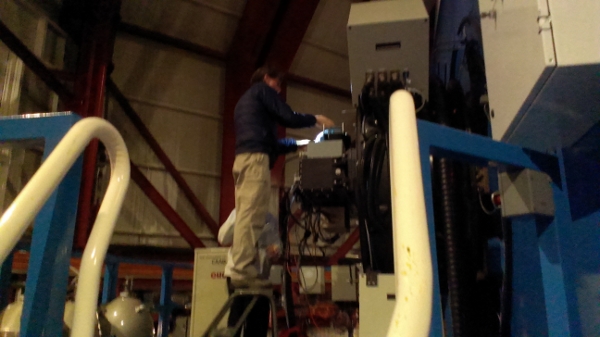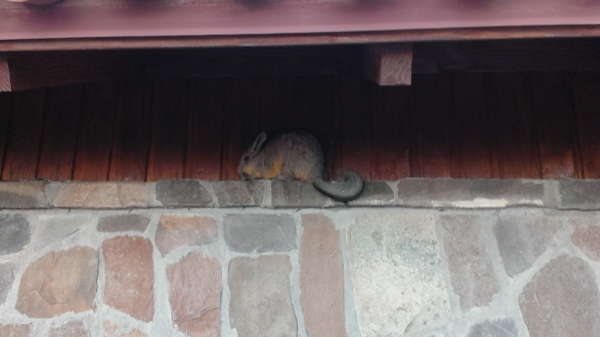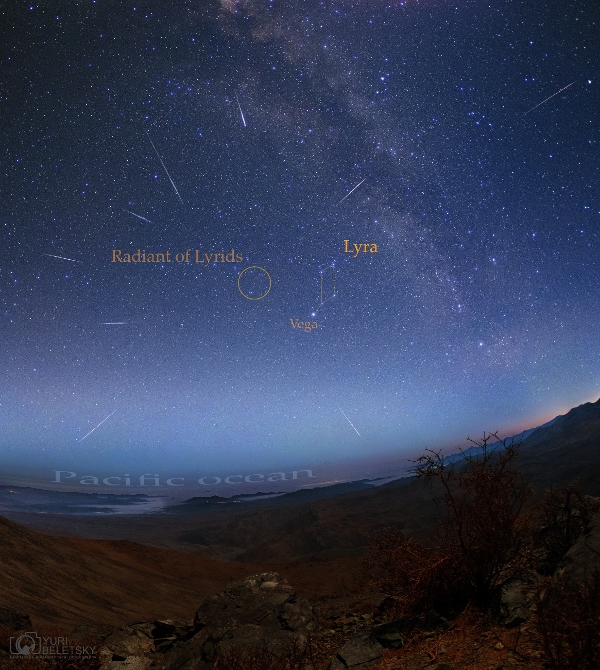From April 5 to April 21 we were helping other folks use MagAO. It took the work of a large team of excellent folks to make all this happen. In particular, we had the expert help of TJ Rodigas, Katie Morzinski and Vanessa Bailey who all looked after Clio with expert hands. Jared’s VisAO camera was also helped out by Ya-Lin Wu, and Kate Follette. The MagAO software became much more stable after the engineering period at the start — thanks to the hard work of Alfio Puglisi and Jared Males. The AO system was run by Katie and Jared and myself (running the AO system was pretty easy by the end of the run — so easy the PI could do it).
We also benefited from excellent support from the Magellan mountain staff. Juan Gallardo and his team expertly helped install (and uninstall) the adaptive secondary mirror, the NAS, and Clio (while also doing the same for the f/5 and the f/11 secondary!). Povilas Palunas did a great job of getting the f/16 guider running smoothly.
Also I’d like to thank all the excellent observers that submitted proposals to use MagAO and especially those that came down to visit us at Clay. These were our visiting astronomers: Jorden Stone (U. Arizona), Brett Addison (and Graeme Salter remote; UNSW Australia) , Alycia Weinberger, (Carnegie) Timothy Rodigas (Carnegie) Kate Follette (U. Arizona), Jared Males (U. Arizona), Subo Dong (PKU, China), Sebastian Perez (U. Chile), Francois Menard (U. Chile), Amanda Bosh (MIT), Stephen Levine (Lowell), Jennifer Yee (Harvard) and John Monnier (U. Michigan; remote) . Thanks to all for making this such a scientifically productive (and enjoyable) run!
Here is a summary of the run from the results of the Run reports that are filed at the end of each run. Overall I’m really happy with how well MagAO worked (especially after the first week) with very little “down-time”.

The Reviews Are In
Here are the reviews of how users felt the support from the MagAO team was for AO operations (1 is the lowest and 5 is “well above acceptable” and the highest rating possible):

Also here is the rating of how well users felt MagAO/VisAO/Clio performed:

So it looks like MagAO/VisAO/Clio did very well this run. Of course, it was the nightly support from Jared and Katie that helped make all this really happen. So here is a photo of them finally getting off the mountain after a month!
